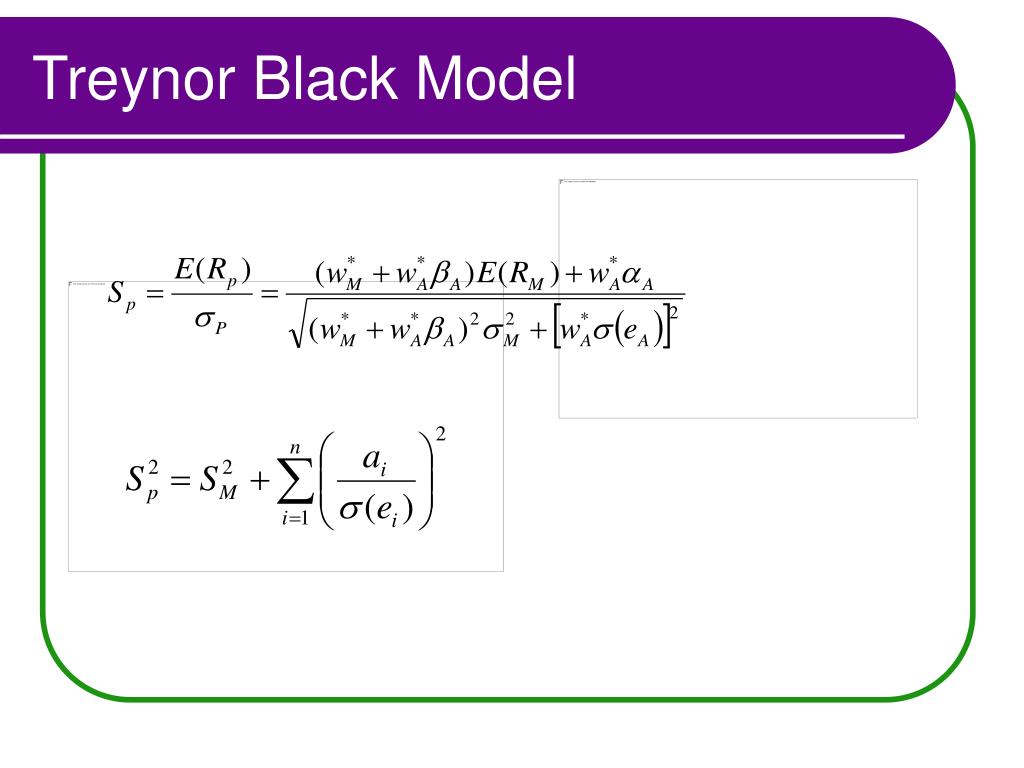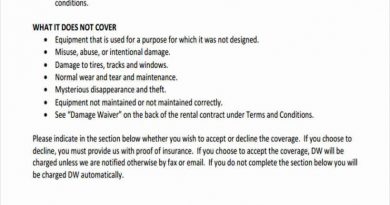Treynor-Black Model Meaning and Examples

Contents
Treynor-Black Model: Meaning and Examples
What Is the Treynor-Black Model?
The Treynor-Black model maximizes a portfolio’s Sharpe ratio by combining an actively managed portfolio with mispriced securities and a passively managed market index fund. The Sharpe ratio evaluates the risk-adjusted performance of a portfolio or investment against the risk-free rate of return.
This model calls for two portfolio segments: an actively managed portion containing underpriced stocks, and a passive segment that follows an indexing strategy.
Key Takeaways
- The Treynor-Black model aims to optimize portfolio construction based on its Sharpe ratio.
- Treynor-Black assumes that markets are highly but not perfectly efficient, allowing for alpha opportunities.
- The model calls for two portfolio segments: an actively-managed component with select mispriced securities and a passively-managed index component.
Understanding the Treynor-Black Model
The Treynor-Black model was published in 1973 by economists Jack Treynor and Fischer Black. Treynor and Black assumed that the market is highly but not perfectly efficient. Following their model, an investor who largely agrees with the market pricing of an asset may also believe that they have additional information to generate excess returns, known as alpha, from a few mispriced securities.
An investor using the Treynor-Black model would select a small mix of underpriced securities based on their own research and insight to create a dual-partitioned portfolio. One portion of the portfolio follows a passive index investment, and the other part an active investment in those mispriced securities.
The Treynor-Black model provides an efficient way of implementing an active investment strategy. Since it is difficult to always accurately pick stocks as the model requires, and restrictions on short selling may limit the ability to exploit market efficiencies and generate alpha, the model has gained little traction with investment managers or investors.
The Treynor-Black model assumes that people can readily identify mispriced assets and earn alpha, which is incredibly difficult for even well-trained analysts and expert portfolio managers.
The Treynor-Black Dual Portfolio
The passively invested market portfolio contains securities in proportion to their market value, such as with an index fund. The expected return and standard deviation of these passive investments can be estimated through macroeconomic forecasting.
In the active portfolio, which is a long/short fund, each security is weighted according to the ratio of its alpha to its unsystematic risk. Unsystematic risk is the industry-specific risk attached to an investment or an inherently unpredictable category of investments. Examples of such risks include a new market competitor who gobbles up market share or a natural disaster that destroys revenue.
The Treynor-Black ratio or appraisal ratio measures the value the security under scrutiny would add to the portfolio on a risk-adjusted basis. The higher a security’s alpha, the higher the weight assigned to it within the active portion of the portfolio. The more unsystematic risk the stock has, the less weighting it receives.
Fischer Black, who passed away in 1995, is also known for his work on the Black-Litterman Model, the Black 76 Model, and the Black Scholes options pricing model.



